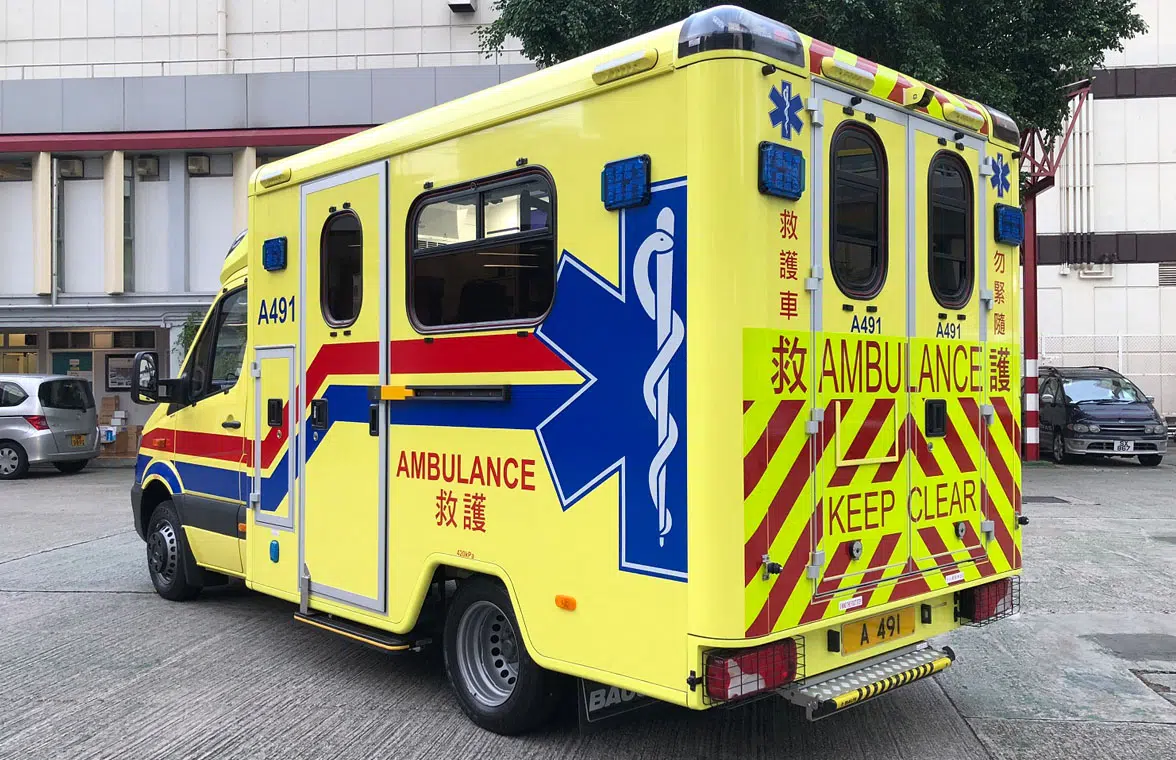
Hong Kong’s Fire Services Department is to introduce contactless triage or casualty classification cards containing an NFC chip and a QR code that enable rescue workers to communicate accurate real-time information about the injuries of individuals involved in large-scale accidents to other frontline staff, public hospitals and dispatch centres.
Each casualty at the scene of an accident involving eight people or more will be given one of the contactless triage cards, allowing emergency service staff to scan the card’s QR code or tap its NFC chip with a smartphone and record the casualty’s age, gender and the extent of their injuries via an app.
Once entered into the app, the information can then be shared with all those involved in responding to an emergency without frontline staff needing to record it on paper and transmit data from the scene of the accident by telephone or radio.
“Senior ambulance officer Hu Jun pointed out that it takes at least 15 to 30 seconds to answer the phone or communicate by radio […] Switching to the new system can save the need for manual recording and let the ambulance staff focus more on caring for the injured,” Hong Kong media outlet AM730 reports.
“The system also has the function of assigning hospitals, and ambulancemen can choose to send the injured to a nearby appropriate hospital in the app,” AM730 adds.
“Fire chief (control) Xie Zhaoying believes that in addition to facilitating the formulation of rescue strategies, the new system can also coordinate with the duty supervisor of the Hospital Authority as soon as possible to obtain the number of red, yellow, and green injuries that each hospital can accept.
“As for the dashboard in the app, it will list the information of the registered injured, including how many people are still on the scene or have been sent to the hospital, which helps the commander to allocate manpower and resources, and the emergency room personnel can also predict the situation and make preparations.”
Next: Visit the NFCW Expo to find new suppliers and solutions